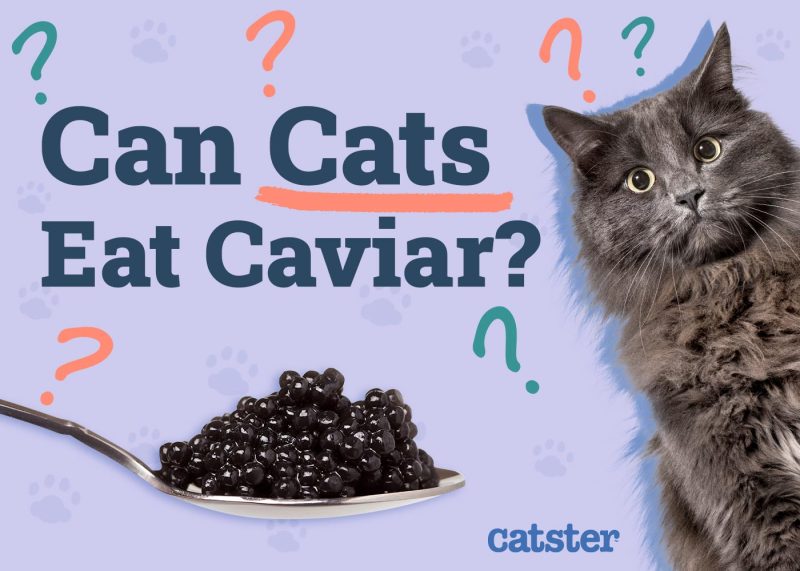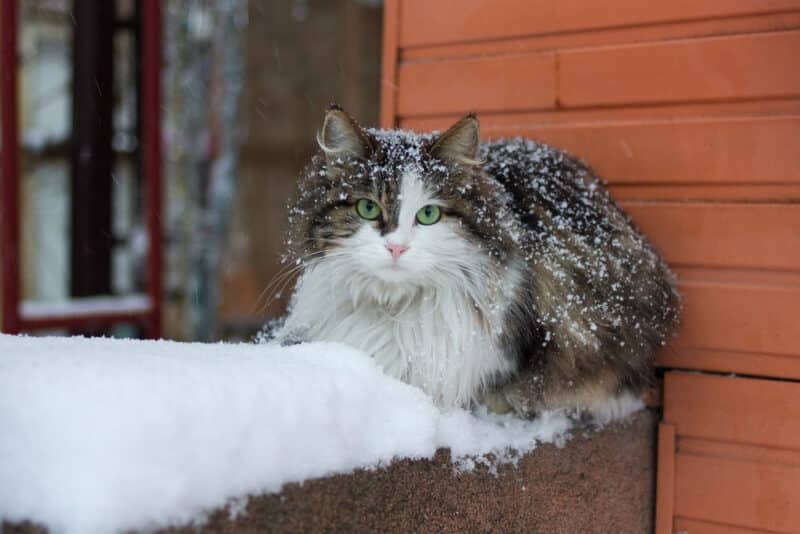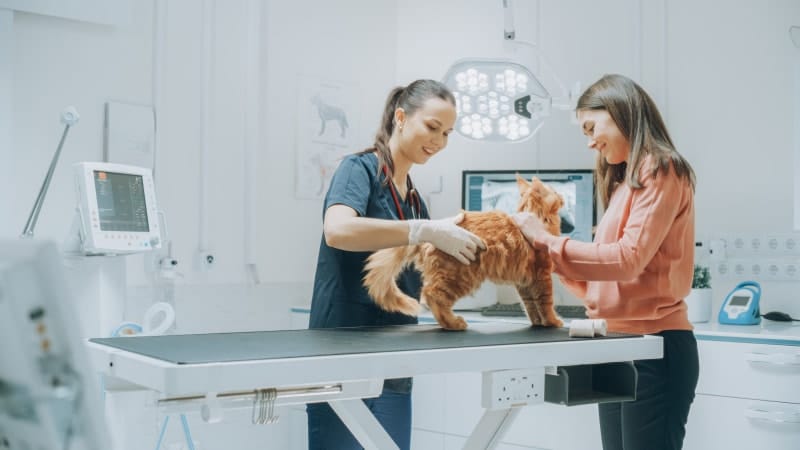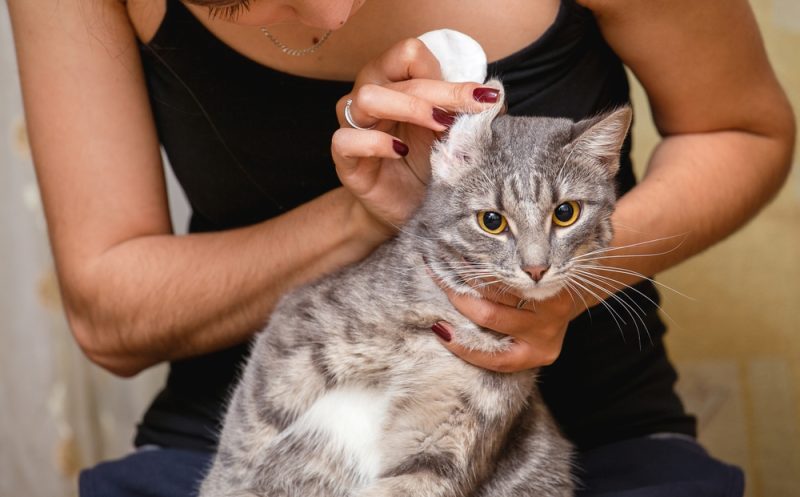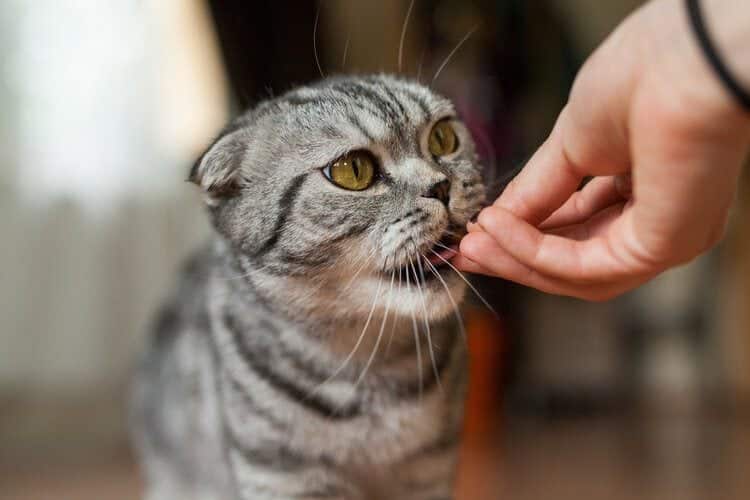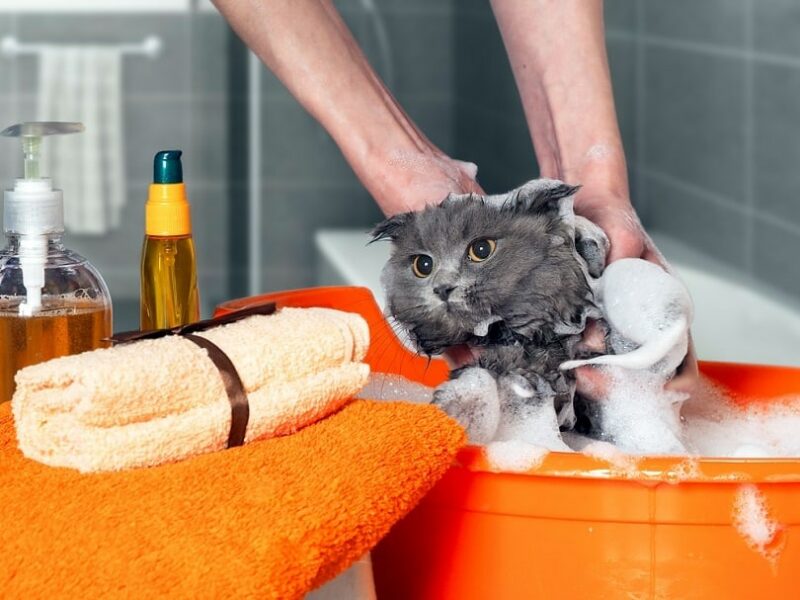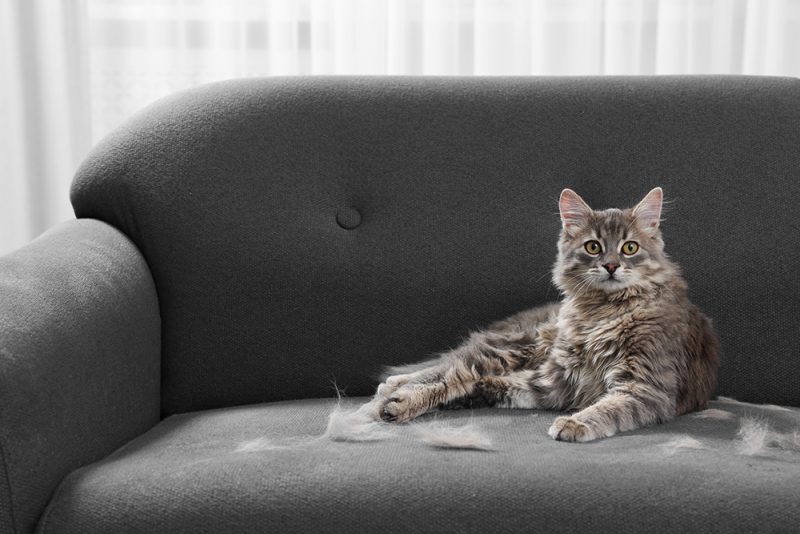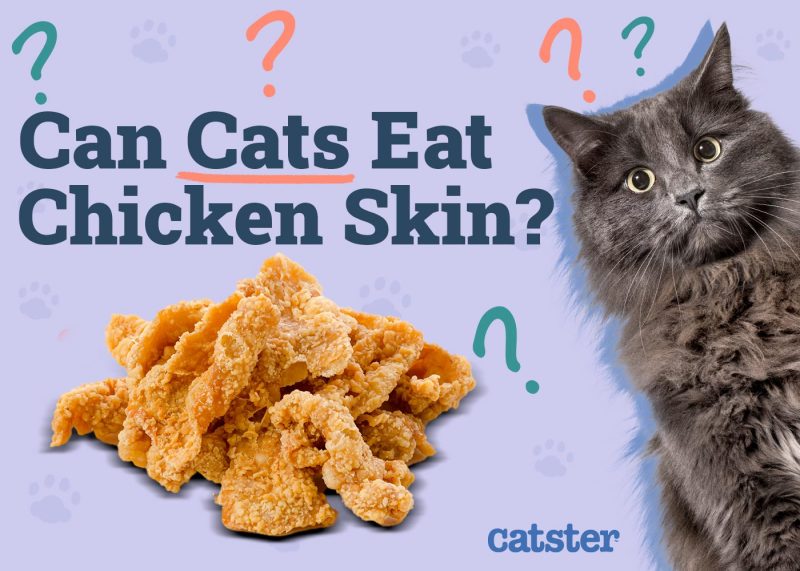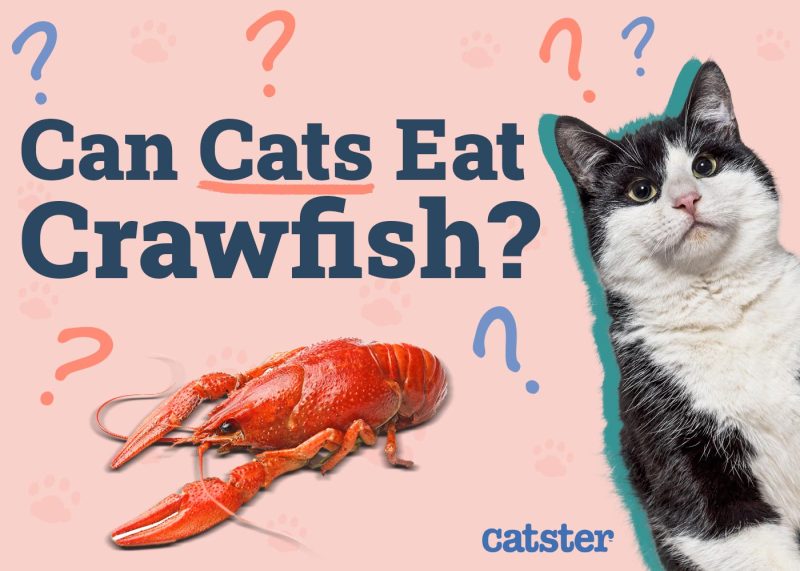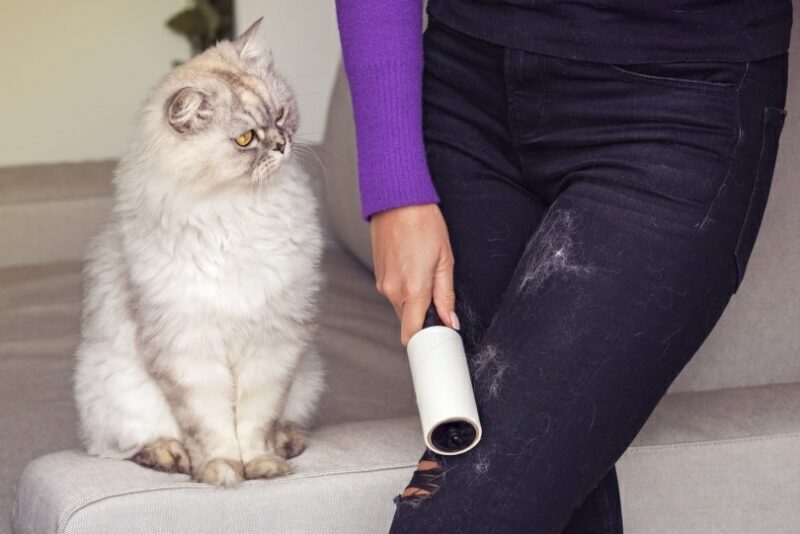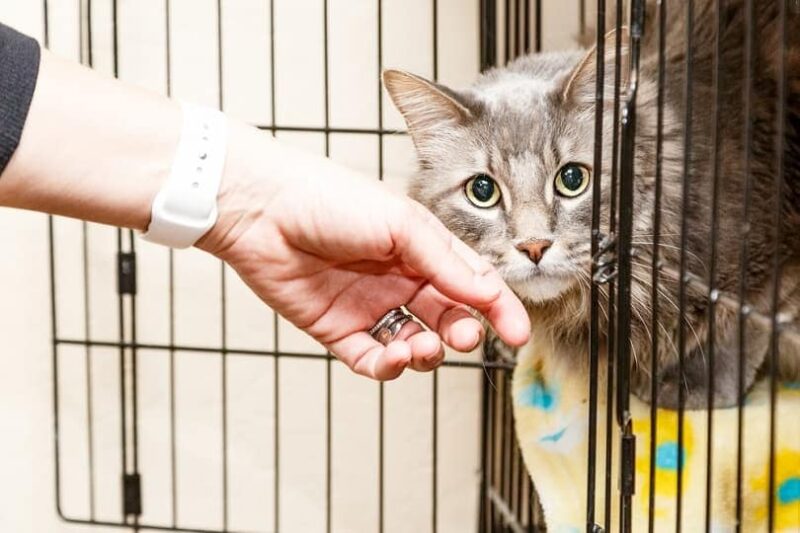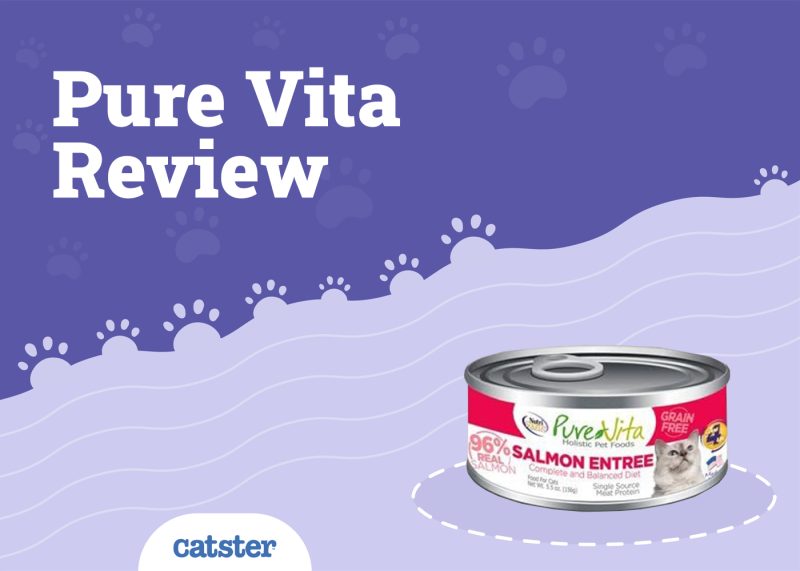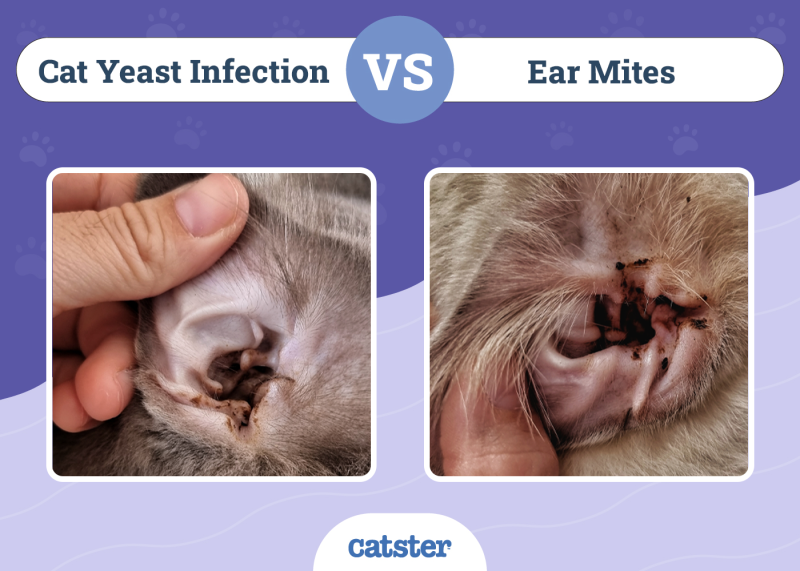In this article
Have you ever wanted to give your cat an expensive treat, like caviar (raw fish eggs)? Before you open up the caviar jar, you want to make sure that it is safe. Cats can eat caviar, but it is not the best treat for cats. Caviar has certain nutrients that can benefit your cat’s health but would only be effective if you were feeding your cat caviar often, which is not recommended.
So, while you can feed caviar to your cat, there are certain risks that you should be aware of.
If you want to learn more about feeding your cat caviar and if it has any worthy benefits for them, this article will give you all the information you need.

Can Cats Eat Caviar?
There are two main types of caviar available. The first type is real caviar extracted from wild sturgeon, a salty delicacy belonging to the Acipenseridae fish family. The second type is artificial caviar, which is man-made and cheap, primarily formulated with a jelly-like substance, oyster or sea urchin extracts, and dyes.
Both artificial and true caviar are safe for cats to eat as rare treats, but they have a few risks. True caviar is raw fish eggs, which put your cat at risk of catching Salmonella, Vibrio, or other bacteria found in raw fish that can be transferred to the eggs. Artificial caviar has little to no nutritional value for cats because it is not the actual fish eggs; instead, it consists of colorings and jelly that do not belong in a healthy cat’s diet.
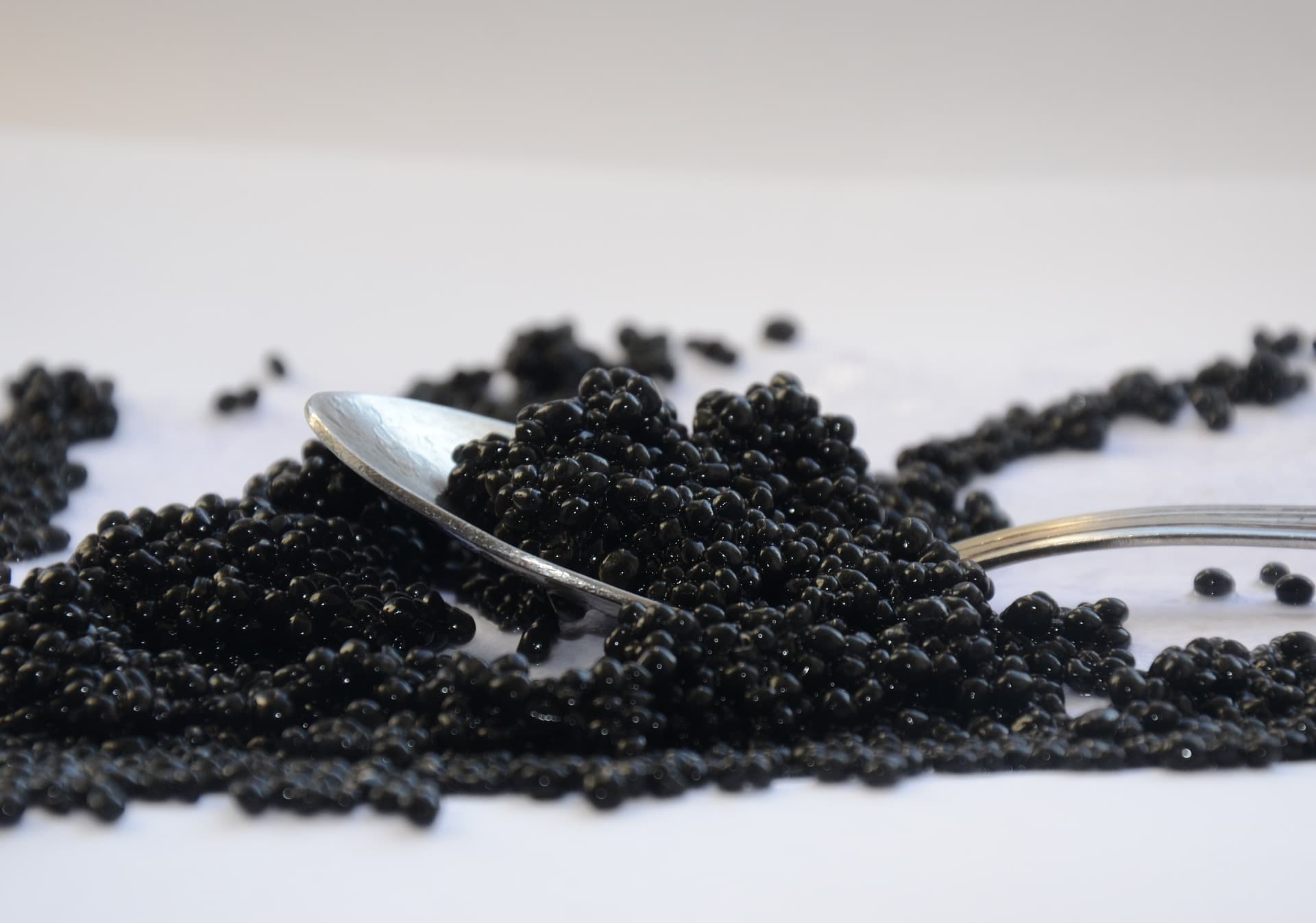
Is Caviar Good to Feed Cats?
With so many other treats and food options available that are completely safe and nutritionally beneficial to cats, there is no need to feed cats this delicacy. The cons of feeding caviar to cats outweigh the pros, so it’s not difficult to determine if caviar truly is good for your cat.
There is a risk of your cat becoming sick from bacteria possibly present in the caviar. This risk does not apply to artificial caviar because it does not come straight from a fish.
The only known benefit to feeding caviar to your cat is that it contains high amounts of omega-3 fatty acids, which are great for cats. However, there are plenty of other foods that contain omega-3 fatty acids that you can feed your cat without the high price tag or risk of Salmonella poisoning.
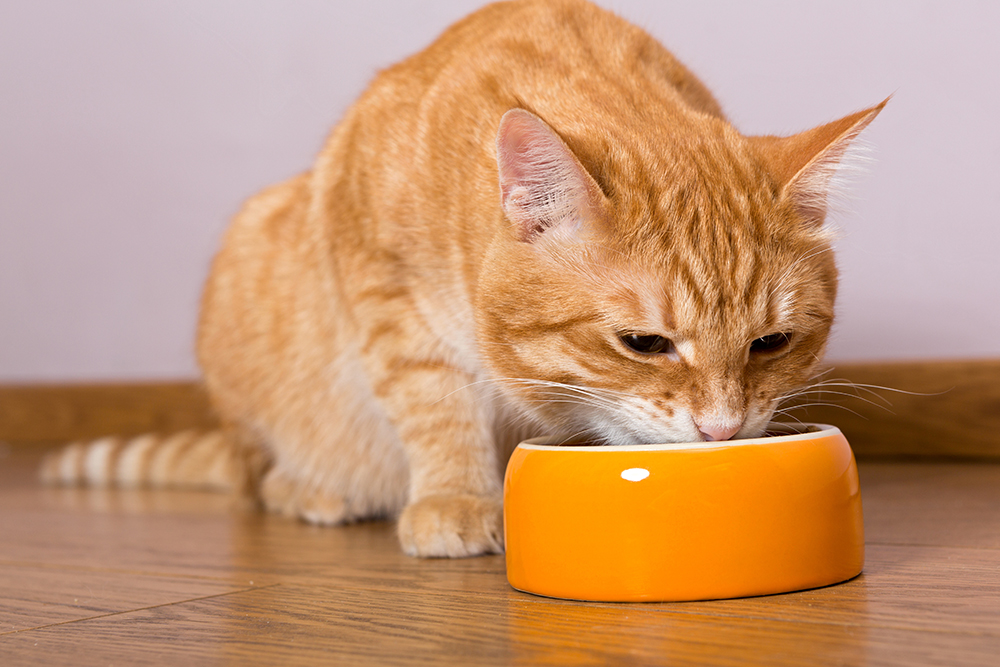

Conclusion
Caviar may be safe to feed to cats, but in general, it should be avoided. You can instead replace this expensive and salty delicacy with other nutrient-rich foods that are healthy and safe for cats. You can instead feed oily fish to your cat if you want to give them the benefit of omega fatty acids. There are also plenty of fresh and wet cat foods that are rich in omega fatty acids and other healthy oils that can be fed to cats regularly.
Overall, it’s not worth feeding caviar to cats, as artificial caviar has no nutritional benefit to cats, and true caviar has too many risks. That said, if your cat has a nibble of your caviar over dinner, there’s likely nothing to worry about.
See Also:
- Can Cats Eat Flaxseeds? Vet-Approved Nutritional Facts & FAQ
- Can Cats Eat Beef? Vet-Reviewed Nutrition Facts & FAQ
Featured Image Credit: Pixabay
